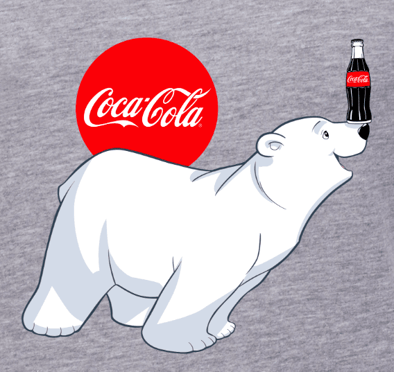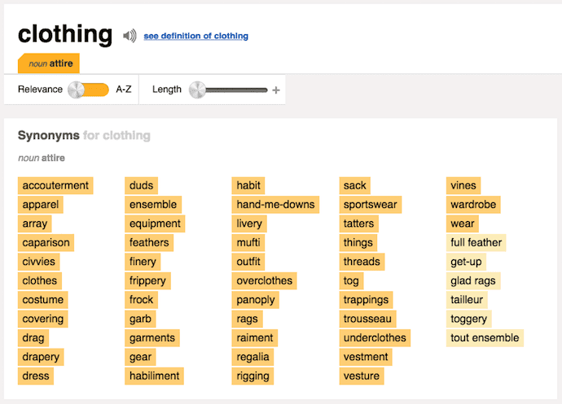How to Design a Logo [Step-by-Step Guide]
How to Design a Logo for Free
- Start With Your Story
- Brainstorm Words That Describe Your Brand
- Sketch Ideas Based on These Words
- Test Your Top Sketches With Your Buyer Persona
- Refine Your Chosen Sketch
- Develop Your Logo's Layout on a Free Design Platform
- Pick Versatile Color Options
- Choose a Font
- Ensure Scalability
How to Design a Business, Company, or Personal Logo

Image via Coca-Cola
Designing a logo that embodies your brand can help you grow better, but doing it right is just as important. Here's how to design the perfect logo, step-by-step.1. Start With Your Story
Companies are created to make money -- it's not the most poetic statement, but it's the one you need to start with. And in order to make a profitable business, you need to be able to sell yourself just as well as your product. Marketers today tend to agree that buyers connect much more strongly to stories than they do to the basic facts of your product. What does this mean to you? There needs to be some story in your logo.
Before you even think about what this logo will look like, take some time asking yourself what the story behind your company is. When we look at Coca-Cola, we don't see a brown, carbonated beverage -- we see polar bears and thick, white script letters.
Step outside of what your company does and convey why you do it. That “why” is the root of your story, and it should come through in the color, shape, and typeface of your logo. If your logo were the title of a movie, what would it look like?
2. Brainstorm Words That Describe Your Brand
Now that you have your story, it's time to take your logo draft from story to setting. Open Thesaurus.com and enter a term that best describes your product into the search bar.
For example, if you're in the clothing industry, you might simply type in "clothing." You'd be surprised by how descriptive the synonyms are that appear. You can even click these results to start new searches and dig deeper as you zero in on the words that best capture your brand.
 Image via Thesaurus.com
Image via Thesaurus.com
Find five to 10 words that describe not only what you do, but the why from the previous step. Each of these words can fit like pieces in a puzzle and help guide you to refining a concept.
Comments
Post a Comment